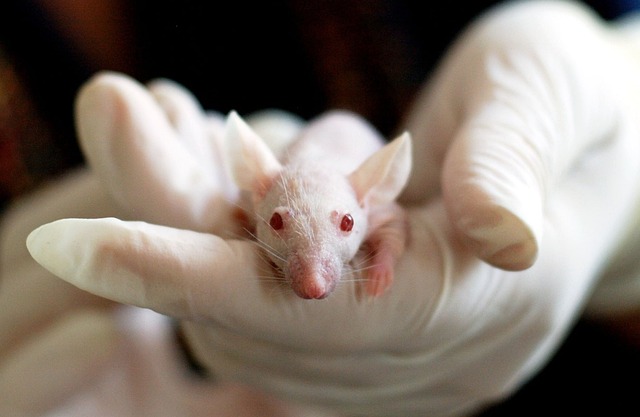Previous research has shown that overeating during the inactive phase of the circadian rhythm can result in increased weight gain in mice and humans. Similarly, following a time-restricted feeding (TRF) plan can result in less weight gain. However, the exact reason for this has yet to be determined.
The researchers fed two groups of mice a high-fat diet to learn more about the effects of a high-fat diet on mice during different phases of the circadian rhythm. The first group was fed during their active phase (when it was dark outside), while the second was fed during their inactive phase (when it was light out.) They then examined what was going on in the fat cells of both groups.
The mice fed during their inactive phase gained more weight, as expected, according to the researchers. They did, however, learn more about the factors that contribute to such weight gain. One of the most significant was thermogenesis, the process by which heat is produced in the body. They discovered that an increase in thermogenesis in fat cells during the active phase of the circadian rhythm (due to an increase in creatine in fat cells) was at least partly responsible for weight loss.
They also discovered that a zinc finger protein can inhibit the genes that produce the chemicals that regulate thermogenesis by controlling the production of adenosine triphosphate. They conclude that their research has helped to explain why TRF is so important in weight management.
Journal information: Science

